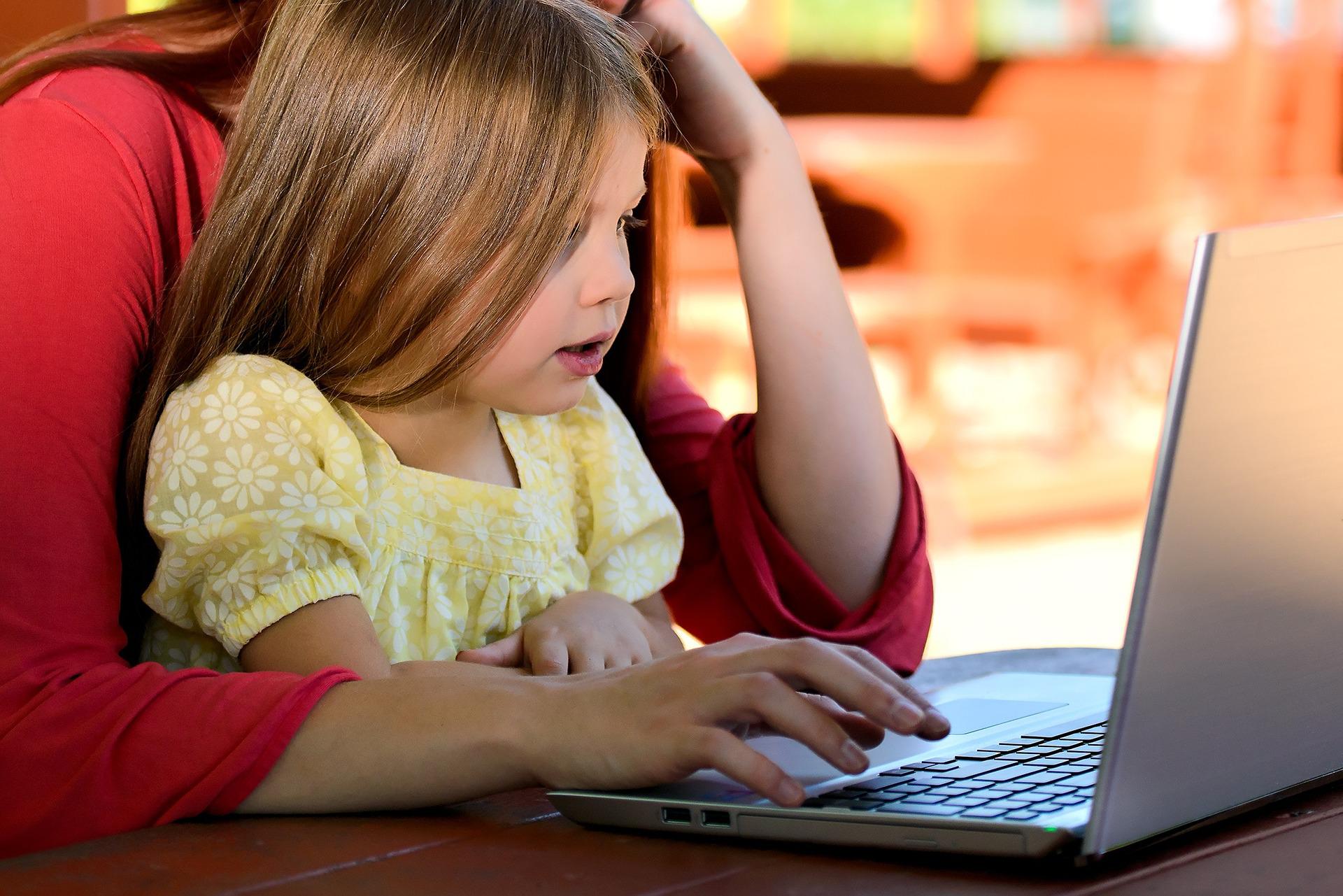Why should schools promote or encourage parental engagement in their children’s education? Shouldn’t teaching be left to the teachers? Well, yes, and no. As we’ll explore in this blog, parents have a significant role in pupils’ academic success, and there are many positive effects of parental involvement in education.
Children spend the most time with their parents – far more than with teachers, friends or other family members. This means they have the greatest influence on children’s learning. Research has even indicated that parental or family involvement in a child’s education is a more accurate predictor of student achievement than social status or family income. With this in mind, it’s important to align the messages parents and teachers are giving students, which is why schools should be encouraging parents to be more involved.
Before delving into how schools can boost parent involvement, let’s look at the positive effects of parental involvement in education:
Positive effects of involving parents in schooling
- Absences are reduced – Absences not only hinder academic performance, but also negatively affect children’s social development. Frequent absences cause a decrease in self-efficacy, social awareness, self-management and a student’s growth mindset.
- Child behaviour is improved – Numerous studies highlight the relationship between parental involvement and disobedience. Little parental involvement will negatively impact a pupil’s self-esteem, attitude towards school, behaviour in the classroom and their ability to form relationships with others (peers or teachers).
- Academic performance is higher – Academic performance is not solely about a student’s intellectual ability – it encompasses their motivation, study habits, self-esteem, and teacher-student relationships, all of which are influenced by parent interaction.
- Communication between teachers and parents is improved – A good relationship between teacher and parent can help the school learn more about the student. This means teachers are better equipped to help pupils achieve their best. When teachers and parents work together, children’s learning and performance are greatly improved.
- A positive school culture is cultivated – With good communication between teachers and parents, parents will develop an appreciation for the challenges faced by teachers. This appreciation and understanding can lead to greater support.
Parental engagement in schools: the benefits for parents
Besides being an advantage for schools, there are also positive effects of parental involvement in education for parents themselves, which include:
- Gaining a better understanding of their child’s emotions and intellect.
- Feeling more confident in their parenting abilities and capabilities.
- Learning more about their child’s development and developmental stages.
So, considering these benefits…
What can you do to promote and improve parental involvement at your school?
There are a few strategies you can implement to successfully boost parental involvement:
- Educate parents on how they can be more involved and what the benefits are of being more involved.
- Set homework that is collaborative, such as activities that parents and children can work on together, or that give parents the opportunity to help their children.
- Make communication with parents personal. One example would be that if the parents of a pupil speak English as a second language, they might feel disengaged from school communications. By offering communications in their first language, they would feel more included.
- Promote two-way communication. Open communication is the foundation of trust, so encourage parents to express their concerns freely. For example, if there’s anything happening at home that might affect a child’s behaviour, the school can be more accommodating.
To gain a better understanding of how your school and increase parental involvement, you could conduct a survey! This will give the parents at your school a chance to voice their opinions and you’ll have a better insight into their ideas about the school.
And, you can make it easy for parents to get involved by:
- Letting them know when to expect communication.
- Informing them about how they will be contacted, e.g. email, social media or the school website.
- Getting them to give feedback.
- Keeping messages short and straight to the point.
- Sending out newsletters.
Are you ready to get your pupils’ parents involved? If yes, then have a look at our ‘Involve Parents’ feature or book a demo of Learning Ladders today! This will allow teachers in your school to communicate with parents about how their kids are doing in class and what they’re learning about, easily and effectively. Our goal is to remove any barriers that prevent open communication between teaching staff and parents. Ultimately, we want to help children learn.
